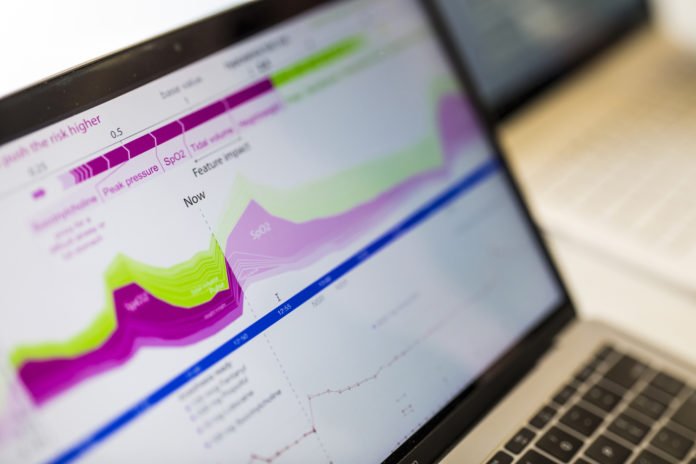Scientists at the University of Washington have developed a new machine-learning system, Prescience to predict the likelihood that a patient will develop hypoxemia — a condition when blood oxygen levels dip slightly below normal. The system takes input from patient charts and standard operating room sensors.
In addition, the system provides real-world explanations behind its predictions. Thus it enables anesthesiologists to better understand why a patient is at risk for hypoxemia and prevent it before it happens.
According to scientists, Prescience could improve the ability of anesthesiologists to anticipate and prevent 2.4 million more hypoxemia cases in the United States every year.
Su-In Lee, an associate professor in the UW’s Paul G. Allen School of Computer Science & Engineering said, “Modern machine-learning methods often just spit out a prediction result. They don’t explain to you what patient features contributed to that prediction. Our new method opens this black box and actually enables us to understand why two different patients might develop hypoxemia. That’s the power.”
“One of the things the anesthesiologists said was: ‘We are not really satisfied with just a prediction. We want to know why.'”
Thus, Lee and Scott Lundberg, a doctoral student in the Allen School started working on a machine-learning system that could both make predictions and explain them. First, they acquired a dataset of 50,000 real surgeries from University of Washington Medical Center and Harborview Medical Center in Seattle.
These data include patient intake information like age and weight as well as real-time, minute-by-minute information — heart rate, blood oxygen levels and more — throughout the surgeries. The scientists used all of these data to teach Prescience to make predictions.
Scientists wanted prescience to solve two different problems: It has to look at pre-surgery information and predict whether any given patient would have hypoxemia while under anesthesia.
For the pre-surgery data, Prescience found that body mass index was one important feature that contributed to a prediction that a patient would experience hypoxemia during surgery. But during surgery, the blood oxygen levels themselves contributed the most to a prediction.
For this, scientists created a web interface that ran anesthesiologists through pre-surgery and real-time cases from surgeries in the dataset that were not used to train Prescience. For the real-time test, the researchers specifically chose cases that would be hard to predict, such as when a patient’s blood oxygen level is stable for 10 minutes and then drops.
Co-author Dr. Monica Vavilala, professor of anesthesiology and pain medicine at the UW School of Medicine said, “This research will allow us to better anticipate complications and target our treatment to each patient. If we know there’s one aspect that’s causing the problem, then we can approach that first and more quickly. This could really change the way we practice, so this is a really big deal.”
The team, which published its findings Oct. 10 in Nature Biomedical Engineering, estimates that Prescience could improve the ability of anesthesiologists to anticipate and prevent 2.4 million more hypoxemia cases in the United States every year.
